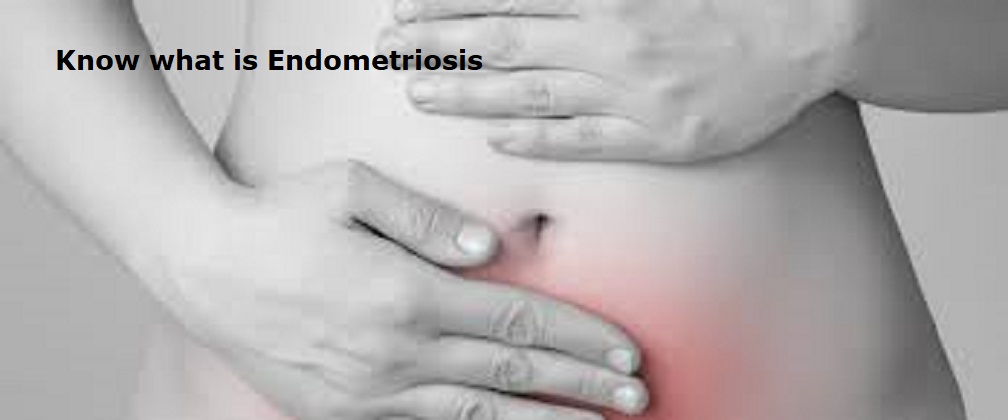
Endometriosis is a chronic condition that affects millions of women worldwide. It occurs when tissue similar to the lining inside the uterus (endometrium) grows outside the uterus often on the ovaries, fallopian tubes, and the tissue lining the pelvis. In rare cases, it can also spread beyond the pelvic organs. This leads to pain, irregular menstrual cycles, and potential fertility issues.
While the exact cause of endometriosis is not fully understood, several factors may contribute to its development:
1. Retrograde menstruation
This theory suggests that menstrual blood flows backward through the fallopian tubes into the pelvic cavity instead of leaving the body, causing endometrial cells to implant and grow outside the uterus.
2. Genetics
Women with a family history of endometriosis are at a higher risk of developing the condition, indicating a possible genetic link.
3. Immune system disorders
Anomalies in the immune system may prevent the body from recogniaing and destroying endometrial tissue growing outside the uterus.
4. Hormonal imbalances
Estrogen, a hormone that stimulates the growth of endometrial tissue, may contribute to the development and progression of endometriosis.
Symptoms:
1. Pelvic pain
Chronic pelvic pain, especially during menstruation, is one of the most common symptoms. The pain may also occur during ovulation, sexual intercourse, or bowel movements.
2. Heavy menstrual bleeding
Women with endometriosis may experience unusually heavy periods (menorrhagia) or bleeding between periods.
3. Pain during sexual intercourse
Painful intercourse (dyspareunia) is a common symptom of endometriosis, often due to the location of endometrial tissue growth.
4. Infertility
Endometriosis is one of the leading causes of infertility. Approximately 30-40% of women with endometriosis may have difficulty conceiving.
5. Digestive issues
Bloating, nausea, constipation, and diarrhea are common symptoms, especially during menstruation, when the symptoms tend to flare up.
Also Read: These habits will help improve your ‘happy hormones’
Treatment Options
While there is no cure for endometriosis, several treatment options are available to manage symptoms and improve quality of life:
1. Pain management
Over-the-counter pain relievers like ibuprofen or prescription pain medications can help manage mild to moderate pain.
2. Hormonal therapy
Birth control pills, patches, and hormonal IUDs can help regulate hormones and reduce the growth of endometrial tissue. Other hormonal treatments like gonadotropin-releasing hormone (GnRH) agonists and antagonists can also reduce symptoms by lowering estrogen levels.
3. Surgery
In severe cases, laparoscopic surgery may be performed to remove or reduce endometrial growths. In extreme cases, a hysterectomy (removal of the uterus) may be considered.
4. Fertility treatment
For women struggling with infertility due to endometriosis, fertility treatments such as in vitro fertilisation (IVF) may be recommended.
1. Dietary adjustments
A diet rich in anti-inflammatory foods like fruits, vegetables, whole grains, and omega-3 fatty acids can help reduce inflammation and manage symptoms.
2. Regular exercise
Engaging in regular physical activity can help reduce pain by releasing endorphins, which are natural pain relievers. Yoga, Pilates, and swimming are gentle exercises that may be particularly beneficial.
3. Stress management
Stress can exacerbate endometriosis symptoms. Practices like mindfulness meditation, deep breathing exercises, and relaxation techniques can help manage stress and improve overall well-being.
4. Support networks
Joining a support group or connecting with others who have endometriosis can provide emotional support and practical advice for managing the condition.

Post Your Comments